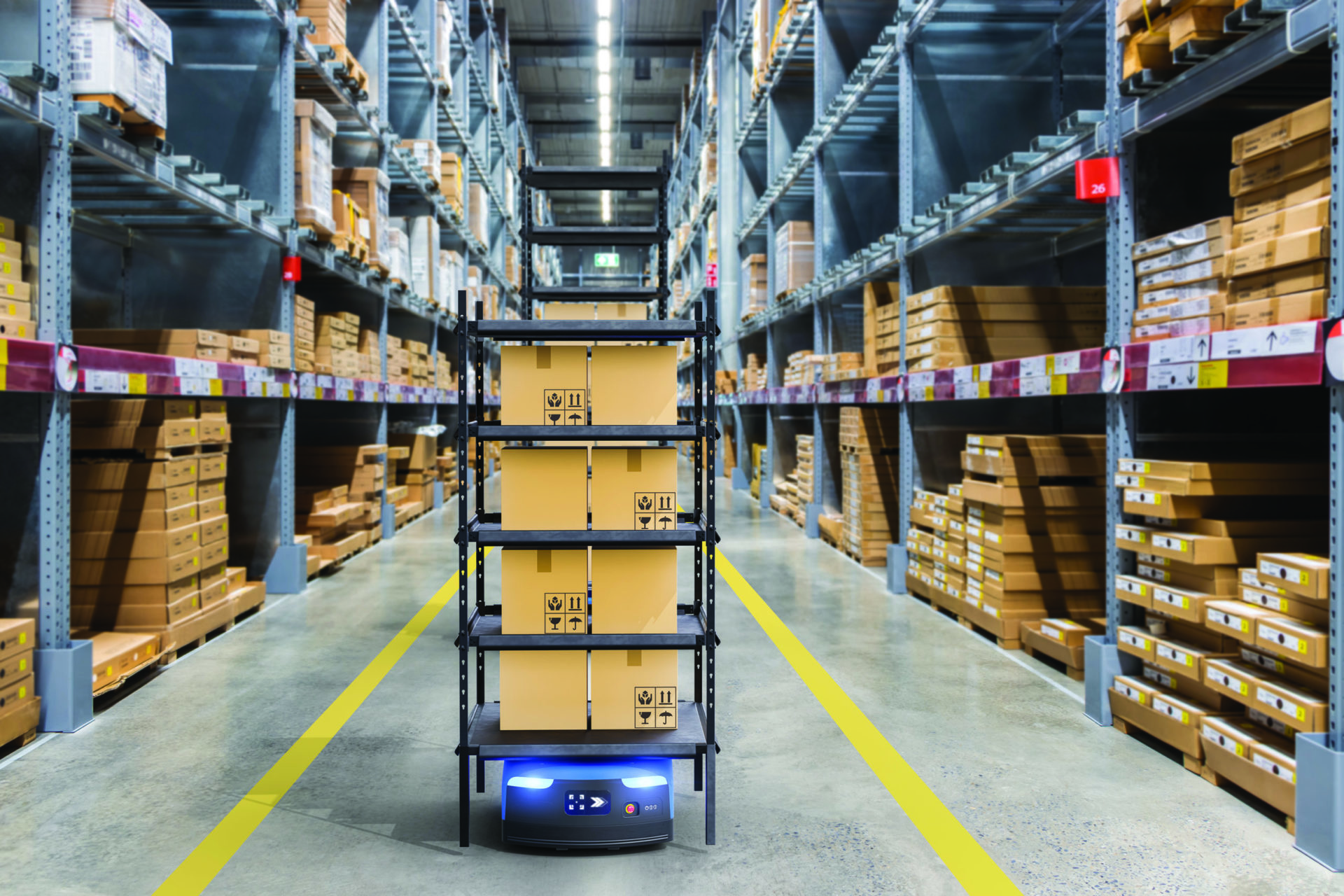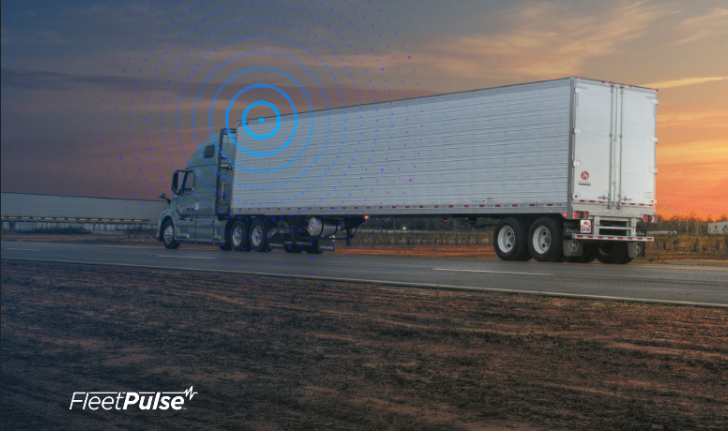In science fiction, one of the most common tropes is robots have taken on the manual work humans don’t want to do. Oftentimes, these robots can knock these tasks out faster and more accurately than could be expected from their human counterparts.
Today, this once futuristic-sounding idea is coming to life in warehouses across the world. Kroger announced last spring the launch of the first of 20 planned Ocado-powered automated warehouses for filling online grocery orders. The U.K.-based partner, Ocado Group, is designed to provide customers “anything, anytime, anywhere” via the Kroger Delivery service. These warehouses will use artificial intelligence and advanced robotics and automaton to cut down the time it would normally take to move goods from Point A to Point B and beyond.
However, the warehouse is only one short stop in the supply chain. To take full advantage of the benefits automation brings, the entire supply chain and its related equipment must work in perfect harmony. As this concept is still in its infancy, examples of this occurring in the marketplace today are few and far between, and those that do exist are still being engineered to have a maximum impact.
“The amount of trucking equipment technology compatible with automated warehouses is very small today,” says Christian Lee, Great Dane vice president of engineering. “Much work has to be done to develop new transportation technologies for automated warehouses operations.”
The future dream has to start somewhere, so here are the four key areas that need to grow to enable warehouse automation on a larger scale.
1. An End-to-End Supply Chain Effort
Automation within the warehouse or another outbound location tends to be designed either for or by the shipper. So, for a manufacturer to design trailers, truck bodies, or other related equipment to ideally operate in an automated environment, Great Dane Chief Engineer Dennis Skaradzinski says the shipper, carrier, and trailer OEM must work together to make the process work seamlessly.
This is already happening to some degree. Skaradzinski adds that Great Dane, for example, has worked with several shippers and carriers to engineer trailer solutions for beverages, potatoes, snack foods, air handling containers, and other commodities. Great Dane regularly works with its partners to design innovative solutions as warehouses continue to evolve.
“Knowing exactly how to maximize packaging into the trailer or minimize labor to load the trailer should involve working with a dedicated contract carrier and the trailer OEM to provide this solution,” Skaradzinski says.
2. Linking Smart Trailers to Warehouse Artificial Intelligence (AI)
Warehouse automation is a complicated process, connecting warehouse management systems, data collection, and inventory control, to robotics and AI. According to Rick Mullininx, Great Dane executive vice president of engineering, the AI in these systems needs to use the data collected by smart trailers to function perfectly with the trailer’s design.
“For the automation to work ideally, smart trailers could provide data collection on the cargo through sensors, smart pallets, or packaging,” Mullininx says.
Great Dane’s smart trailer telematics system, FleetPulse, already has some of this functionality. It collects data on cargo status,
GPS location, and more. Fleets can set up geofences in relation to a specific warehouse, for example, to provide location or fault alerts for an entire fleet.
“Those alerts can be sent to different groups and different locations, providing real-time information on the location of assets as well as each asset’s health status,” says Chris Hoyt, FleetPulse product manager. “Knowing a tire is at risk or an ABS valve has a fault before the trailer leaves the yard can save thousands in unwanted expenses.”
3. Blockchain Technology
Shipment tracking is a broad topic involving many processes, participants, systems, sensors, and software applications, but blockchain technology can be used to better organize all of these events and provide more process transparency along the supply chain.
Hoyt says blockchain technology is still in its infancy in the transportation and warehouse automation space, but blockchain could be used to better optimize each step in the supply chain in the future.
“Blockchain has the potential to help provide a standard communication framework where status information transmitted from devices may be codified in a trackable event data structure and stored within blockchain in near chronological order,” Hoyt says. “Transportation management systems [TMS], portals, and apps could then query ‘trackable events’—such as TMS queries, telematics/sensor data, software portals, etc.—stored within a blockchain ledger to determine the current location and status of the shipment.”
4. Nuanced Equipment Designs
Skaradzinski says today’s trailers are uniquely designed to provide exact interior door openings, interior width dimensions, and interior height clearances based on cargo dimensions to provide the maximum cubic space and legal weight. As automated warehouses continue to advance, Great Dane’s Truck Body Division Director of Sales, Mayo Rude, says that automation will be carried all the way into the cargo area itself, so humans are no longer in charge of loading carts full of goods.
This means the cargo area design of trailers and truck bodies will need to become more nuanced to exactly match what the robotics are capable of.
“As a human, you can take a cart that is 700 lbs. when it’s fully loaded and nestle it into its position [on the truck],” Rude says. “So, we need to figure out: How can we provide a piece of equipment that removes obstructions and allows robotics to do the same action? That’s coming.”
Lee says the current traditional box shape of trailers may not drastically change to meet new warehouse automated equipment requirements, but the interior of the trailer may change to be equipped with automation devices and accessories.
“There may be design improvements as far as wall, roof, and floor configuration, and strength is also a concern,” Lee says.
“More durable and lightweight materials and their application are being researched and studied.”
As automation becomes more common in warehouses around the world, the design and technology on the equipment side needed to match the exact needs of these warehouses is evolving to remove obstructions and become personalized for these settings.



